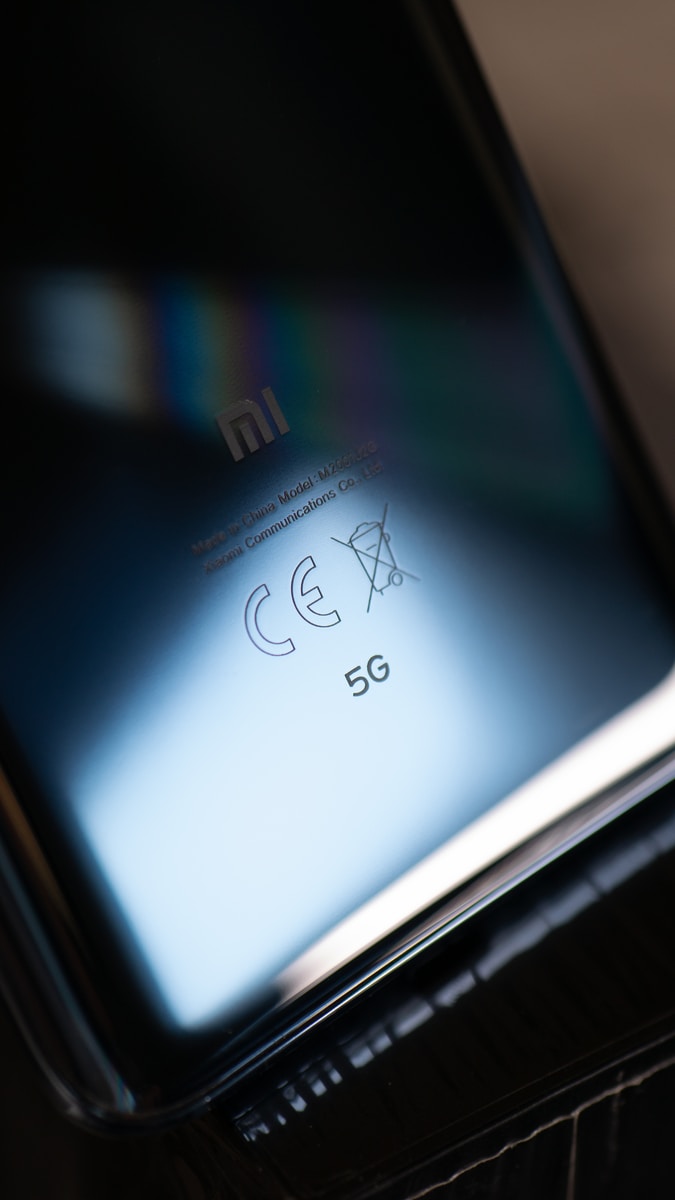
For major telecom providers the year of 2021 is all about expanding their 5G broadband internet coverage throughout the country. About 93% of Americans currently have access to broadband internet. But the goal is to reach 100%, while also increasing internet speeds and capacities. With 5G that goal is certainly possible. Here is a little about 5G vs broadband.
What Is Broadband Anyways?
Broadband is actually just a broad term referring to high-speed internet. Because of the wide bandwidth that broadband internet has a user can send and receive much traffic at the same time, at very high-speeds. Broadband can be transmitted through various methods. It can be fixed and so transmitted through ways like fiber or cable. It can also be mobile and thus transmitted through cell towers.
What Is 5G?
As the internet-transmitting technology keeps advancing and improving, so does the internet. 5G internet is the latest version and the 5th generation of wireless broadband cellular internet. 5G uses the latest technology to provide a wireless internet that is ten times faster than 4G internet. It is actually even faster than fiber, yet more affordable.
5G vs Broadband
At the moment, 5G did not come to replace broadband internet as we know it. It instead came to enhance it. By combining the latest 5G technology with the ubiquitous broadband infrastructure, 5G internet is making the internet available for more users. Simultaneously, it is providing internet at a lower cost, yet at faster speeds than ever before. It is also solving the issue of latency at the last mile, and it provides ultra-fast streaming and producing capabilities. 5G will help with the mobility of the internet, while broadband will continue using its well-built infrastructure. 5G, the internet of the future, is working together with the current broadband to deliver fast and reliable internet to every consumer.






